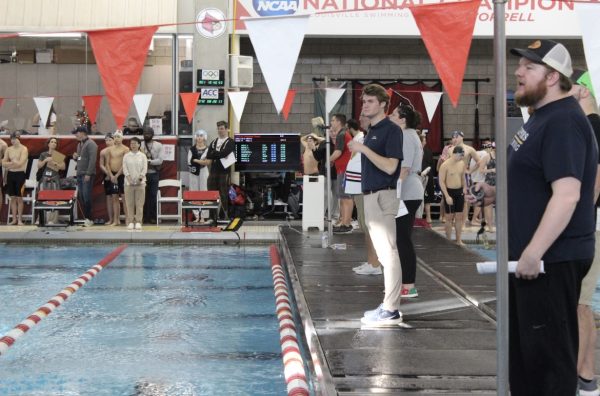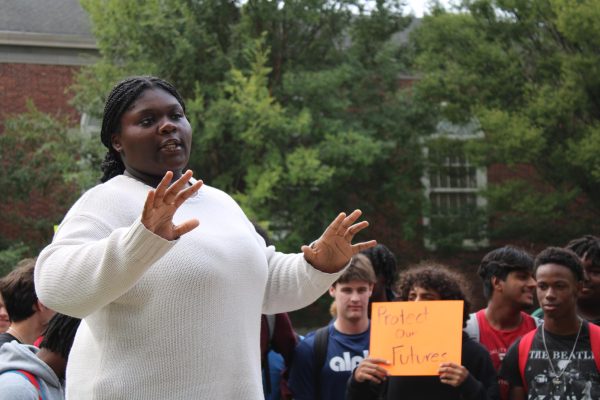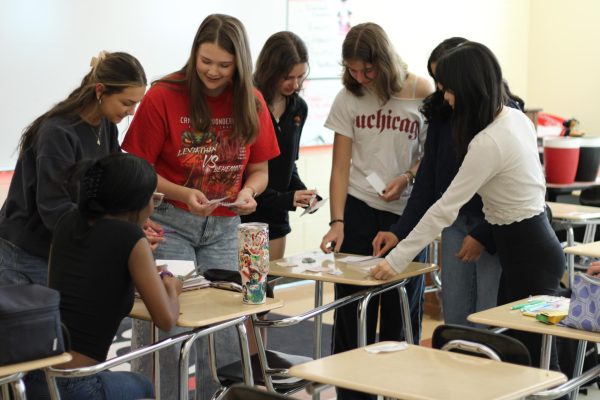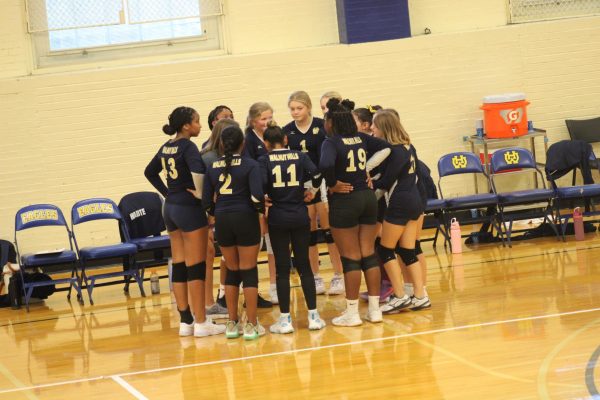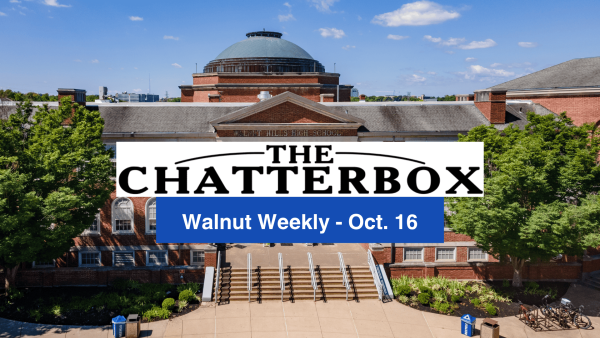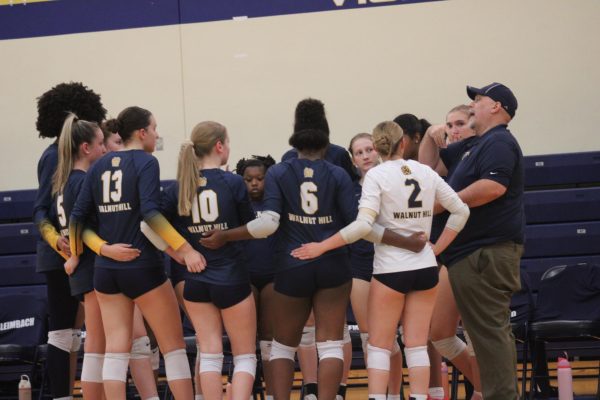Future of Schools committees behind crucial plans for WHHS
With Eagle Flyers, Eaglette Flyers, robocalls, Facebook groups and more, WHHS families are swamped with information regarding decisions made by… who? Who’s behind all these decisions that impact every WHHS student? What goes into making them? These are questions that parents and students alike want answers to.
Currently, and for countless months now, WHHS has been heavily divided between parents and students who want to return to school in a blended model and those who want to continue distance learning.
On March 10, CPS adopted a five day in-person plan for all CPS schools including WHHS. Students may opt out of in-person learning but still remain at WHHS while following a five day distance learning schedule. Students may also choose to enroll in Cincinnati Digital Academy.
Regardless of where one falls on the spectrum of wanting to be fully remote or fully in-person, Assistant Principal Joe Stewart believes it is important for families to be aware of who makes plans and procedures. Although parents should be aware of how plans are made, Stewart doesn’t think plans should be announced until approved by the board.
“If we say to the parents hey, here’s what this committee has come up with, as far as a range of procedures and policies, and if we emailed that to parents before the district has had a chance to approve it, then that could lead to a scenario where [there’s] a disconnect between what we want to happen and what the district actually says we can do,” Stewart said.
Last spring, the district instructed each CPS school to create two Future of School committees, a FoS Operational Committee and Instructional Committee. The committees met over the summer to establish plans for WHHS while following district mandates. Plans and conclusions formed by FoS were presented to the board for approval.
The Instructional Committee works on plans for student assessment and classroom placement. It consists of WHHS principles and teachers John Chambers, Debbie Heldman, Jessica Smitson, Kathy Restle, Barbara Stewart, Mitchell Perdrix, Jake Riordan, Katie Sullivan, Michael Sherman and Elizabeth Duncan Scruggs.
The Operational Committee worked on the bell schedule, how temperature checks and security would take place and planning how the day-to-day things would happen in the building. It consists of John Chambers, Ashley Morgan, Daniel Coleman, Shelli Daniels, Debbie Heldman, Anthony Smith, Laurie Cotton, Melissa Riggs and John Caliguri.
Both committees spent a bulk of their time meeting at WHHS in July. They worked together to come up with a safety plan to bring students back in a blended environment which has since been adjusted to accommodate the latest CDC and district guidelines.
“If it’s [a plan proposed by FoS] during the school year as it has been, we run it through our ILT which is a leadership team or instructional leadership team in the building, which is made up of all our department chairs and our seventh-grade team leaders and our administration security staff and support staff,” Stewart said. “It’s kind of a second layer of kind of checks and balances.”
The block schedule was another plan designed by FoS last summer. Its main purpose was to minimize student traffic in the hallways for safety purposes. Stewart explained that FoS had to create a plan that would work in both blended and remote models.
The committees also decided a block schedule was the best option as it allowed a longer, continuous amount of time for teachers to meet with students.
“I think the block has worked out primarily well,” Stewart said, “I think a lot of students like it. I think a lot of our staff like it, but there are reasons that both [a block schedule or traditional schedule] could be successful here at Walnut.”
However, some students have raised concerns about the 90-minute blocks and not being able to meet with teachers daily.
“90-minute blocks are just very long class periods to try and focus for me,” Chasity Sandlin, ‘25 said, “I had problems paying attention last year for 50-minute classes, so 90-minutes online is way harder.”
From a block learning schedule to the blended learning plans FoS has put in place, they’ve come up with numerous rules and procedures all of which need to be implemented if WHHS returns in-person. Following procedures including staggered arrival/departure times, temperature checks and minimal student transitioning within the building all would require heavy enforcement with WHHS’ large student population.
Arrangements of only allowing students to enter through four doors throughout the building for having security and temperature checks was one of the ways FoS planned on enforcing those procedures. Taking away lockers, having security guards around the building and having one-way hallways are some other measures Stewart emphasized would be taken to further reinforce the social distancing rules.
Stewart recommends the best thing parents can do to stay involved with the latest updates is to listen to the board meetings.
“They have about one a week, and anybody in the public can log into the public arena,” Stewart said. “They’re all live-streamed on the CPS district website. That’s where you’ll get the most real-time up to date information,”
If parents can’t tune in to the board meetings, the Eagle Flyer and robocalls also provide accurate information regarding potential changes happening at WHHS specifically.
Your donation will support the student journalists of Walnut Hills High School. Your contribution will allow us to purchase equipment, cover our annual website hosting, printing costs and offset competition and conferences fees for students.




